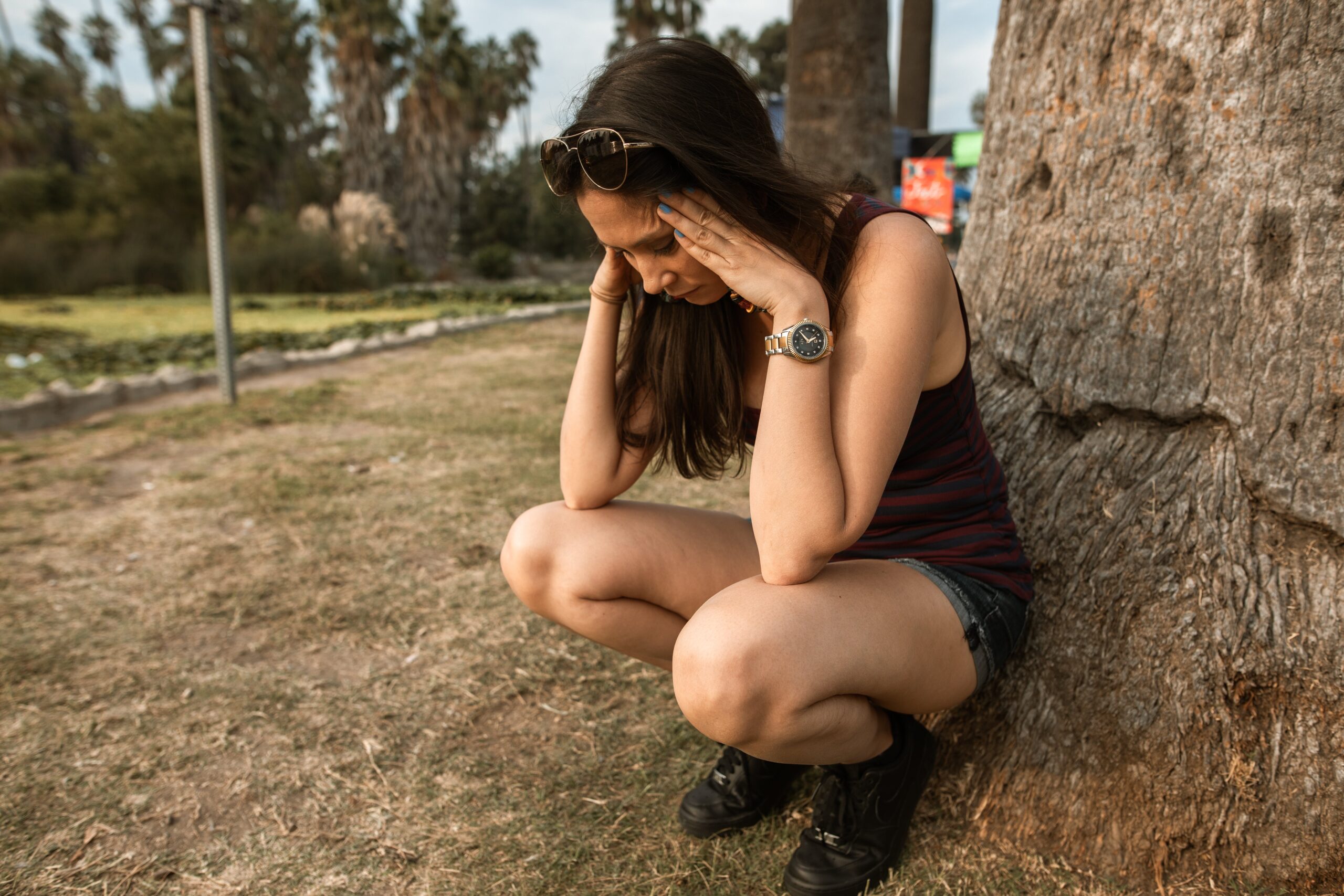Everyone experiences anxiety from time to time. In small amounts, anxiety can be a helpful, motivating force that assists us in completing necessary tasks or maintaining focus during complicated or potentially dangerous activities. Unfortunately, some people experience anxiety at a level that is so intense, frequent, and excessive that it interferes with their daily activities.
At Palms Behavioral Health in Harlington, Texas, we treat adolescents, adults, and seniors who are struggling with anxiety disorder through several treatment options, which include our Partial Hospitalization Program (PHP), Intensive Outpatient Program (IOP) and inpatient services. If the information below sounds like you or someone you love, we can provide the support that is needed to recover.
Types of Anxiety Disorder
Anxiety disorders are the most commonly occurring mental health condition, with around 19 percent of adults and 7 percent of children in America experiencing some form of anxiety disorder. Symptoms typically begin before the age of 21 and women are more likely than men to experience an anxiety disorder. There are several different diagnoses within this category. The five major types of anxiety disorder are:
- Generalized Anxiety Disorder
- Mental symptoms:
- Persistent worry, tension or restlessness
- Overthinking
- Focusing on worst-case scenarios and being afraid of things that aren’t actually a threat
- Irritability and fatigue
- Struggling with uncertainty
- Being overly concerned about making the wrong choice
- Difficulty concentrating or feeling like one’s mind has gone blank
- Physical symptoms
- Sleep disturbances, either falling asleep or staying asleep
- Muscle aches and tension
- Headaches
- Hot flashes and sweating
- Dizziness
- Difficulty breathing
- Jumpiness and inability to relax
- Digestive issues, including nausea and diarrhea
- Mental symptoms:
- Obsessive-Compulsive Disorder (OCD)
- Mental symptoms
- Repeated thoughts or sensations that are unwanted are called obsessions, which could be violent or disturbing thoughts of yourself or others being injured
- Compulsions to do something repeatedly
- Continuous awareness of bodily sensations like blinking and breathing
- Physical symptoms
- Uncontrollable habits that take at least an hour per day and are not enjoyable, which could include behaviors like:
- Repeatedly checking things such as locks, ovens, alarms, lights, or for medical conditions
- Fear of contamination and needing to clean because of germs or dirt
- Concerns about doorknobs, public toilets, or shaking hands
- Rituals around washing and cleaning
- Need for symmetry and order
- Having to do things in a specific order or a certain number of times
- Persistently counting things like steps or objects
- Uncontrollable habits that take at least an hour per day and are not enjoyable, which could include behaviors like:
- Mental symptoms
- Panic Disorder
- Sudden, overwhelmingly intense anxiety at unpredictable times, not requiring a clear danger or trigger
- Feeling out of control, at risk of death or impending doom
- Attacks last for several minutes and may occur several times per day or only a few times per year
- Pounding heart and/or chest pain that could feel like a heart attack
- Sweating or chills
- Difficulty breathing
- Stomach pain or nausea
- Post-Traumatic Stress Disorder (PTSD)
- Ongoing fear after a person has experienced a shocking, frightening, or dangerous event such as:
- War
- Abuse
- Sexual assault
- Sudden loss of a loved one
- Natural disaster
- May involve nightmares or flashbacks
- May lead to isolation and loss of interest in previously beloved activities
- Extreme reactions
- Feelings of guilt, sadness, low self-worth
- Memory and focus issues
- Ongoing fear after a person has experienced a shocking, frightening, or dangerous event such as:
- Social Phobia (sometimes called Social Anxiety Disorder)
- Fear of situations where one could be judged, humiliated, or rejected by others, including:
- Speaking or performing in public
- Meeting someone new
- Dating
- Job interviews
- Interacting with employees at businesses
- Eating or drinking in front of other people
- Rapid heart rate
- Mind going blank
- Difficulty speaking at an audible volume
- Struggling to make eye contact
- Avoidance of places where they might be required to interact with other people
- Fear of situations where one could be judged, humiliated, or rejected by others, including:
Causes of Anxiety Disorders
Anxiety disorders can have a variety of causes:
- History of trauma
- Genetics
- Brain chemistry
- Medical Conditions
- Side effects from medications
- Substance use disorder
Treatments for Anxiety Disorders
Anxiety disorders can be treated in several ways, and recovery is extremely common with treatment. As with many other types of mental health diagnoses, anxiety disorders are commonly treated with individual and group therapy and/or medication. Which types of therapy and medication are used may depend on other mental health or medical conditions the person experiences and their precise anxiety disorder type.
People with anxiety disorders often learn ways to manage their symptoms through self-care such as:
- Reducing their intake of caffeine, alcohol, and other drugs that could make their symptoms worse
- Regular exercise
- Grounding and relaxation techniques like deep breathing, progressive muscle relaxation, and meditation
- Maintaining consistent sleeping and eating habits
If you have questions about anxiety disorders or would like to arrange an evaluation for yourself or someone in your care, Palms Behavioral Health can help.






